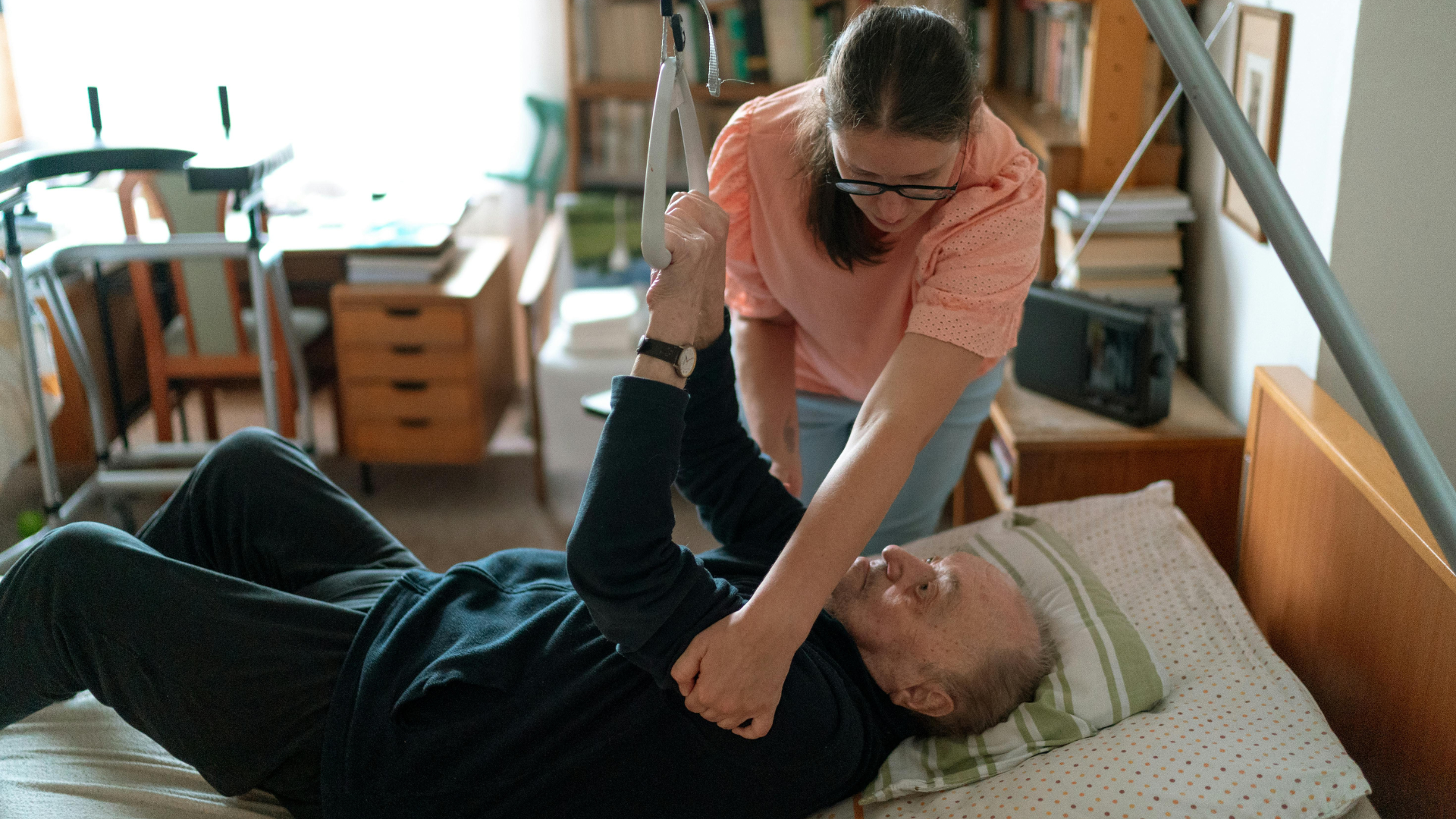The Center for Community Solutions recently released Community Fact Sheets for each municipality in Cuyahoga County and the eight most populous cities in the state; Cleveland, Toledo, Cincinnati, Columbus, Akron, Youngstown, Canton and Dayton.
Among other measures, the fact sheets include the overall percent of the population living in poverty as well as the percent of specific subpopulations living in poverty. These subpopulations include children (age 0-17), families with children and seniors (age 65+). A plus or minus is associated with each percent to indicate whether the percent in poverty is above (plus) or below (minus) the overall state percentage. For most cities, either all of the populations are below the state rate or all are above the state rate. In a handful of communities a single population group breaks from this pattern. This piece will highlight two cities, Bedford Heights and Brooklyn, where that anomaly occurs.
Bedford Heights, a city of 10,640 residents, has higher rates of poverty than the state for the overall population, children and families with children. It also has a higher rate of people living in deep poverty (50% FPL) and those living in or near poverty (under 200% FPL). Seniors are the only population with a lower rate of poverty than the state. In Bedford Heights, 7.2% of those over age 65 are living in poverty compared to 8.1% in the state. The rate of children living in poverty in this community is more than three times that of older adults. Bedford Heights’ older adults are the most economically stable sub population, and may be providing financial support for family members. In this, community safety net services designed to support youth, including school breakfast and lunch, can support children living in poverty.

In contrast to Bedford Heights, five communities in Cuyahoga County have lower rates of poverty than the state rates for all populations except older adults. In Bedford (10.8%), Berea (11.1%), Fairview Park (8.9%), Lakewood (11.1%) and Mayfield Heights (15.1%) the population of those 65 and older living in poverty is higher than the state rate of 8.1 percent. Four of the five these cities are inner-ring suburbs where a large number of urban residents migrated 40 to 50 years ago. While the first generation of suburban exiles, who are now the older adults, likely earned working class wages and therefore have working class retirement income, the following generations may have benefited from higher levels of education followed by higher paying wages.

With 1,401 individuals living below poverty, at a rate of 12.9 percent of the population, Brooklyn is below Ohio’s rate of poverty of 15.4 percent, however, each sub population is above the state rate. While a smaller percent of the total population in Brooklyn struggles to stay above the poverty line, the groups with less economic mobility fare worse than their counterparts in other areas of the state. The largest gap between Brooklyn and the overall rates of poverty in Ohio can be seen in child poverty. More than 26 percent of children in Brooklyn are living at or below the poverty rate compared to 22 percent of children in the state.









